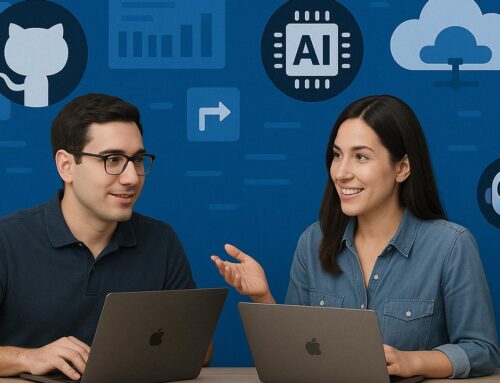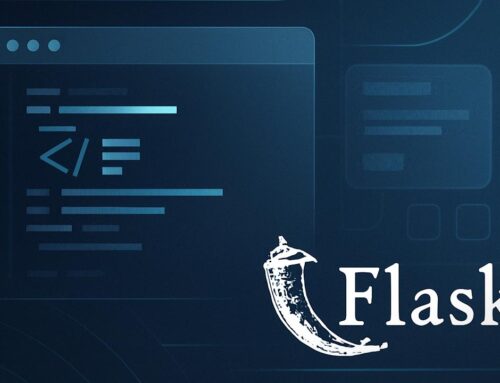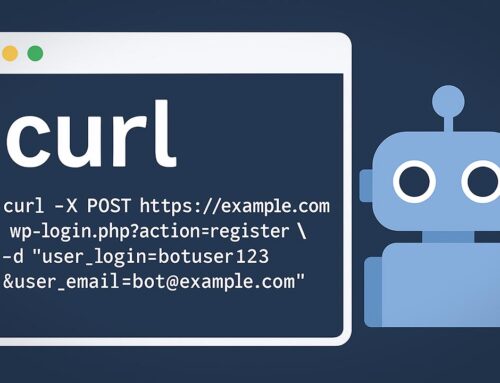What is Vibe Coding?
Vibe Coding is a rising movement blending emotional states, creativity, and intuitive flow with traditional programming techniques. It’s transforming how developers approach coding projects by aligning technical precision with personal expression and emotional resonance. In this article, we explore what Vibe Coding is, how it works, why it matters, and how you can tap into its potential.
Table of Contents
- Introduction to Vibe Coding
- How Vibe Coding Differs from Traditional Coding
- Key Principles of Vibe Coding
- Benefits of Vibe Coding
- Challenges and Criticisms
- How to Get Started with Vibe Coding
- Top 5 Frequently Asked Questions
- Final Thoughts
- Resources
Introduction to Vibe Coding
At its core, Vibe Coding is about coding with an intentional emotional state. Instead of solely focusing on logic and syntax, developers using this approach tune into their emotions, creativity, and internal flow to create more intuitive, resonant software. It reflects a growing shift in technology management toward human-centered innovation and authentic expression.
How Vibe Coding Differs from Traditional Coding
Traditional coding often emphasizes precision, optimization, and structure. Vibe Coding introduces a softer dimension—encouraging improvisation, emotional presence, and organic development. It’s less about “getting it perfect” and more about “feeling it right.”
Where traditional methods demand rigid planning, Vibe Coding welcomes exploration and emotional feedback as part of the development process.
Key Principles of Vibe Coding
Emotional Alignment
Emotions are treated as a vital resource. Coders check their internal emotional landscape before and during programming. Joy, curiosity, excitement—all these emotions fuel creative momentum.
Flow State Programming
Vibe Coders aim to enter a “flow state”—a psychological zone where skills and challenges align perfectly, time seems to disappear, and work feels effortless. According to research by psychologist Mihaly Csikszentmihalyi, the flow state is a key driver of innovation and performance.
Creative Problem Solving
Rather than sticking strictly to frameworks, vibe coders may mix paradigms, blend languages, or invent new approaches. Creativity is considered just as important as logical thinking.
Benefits of Vibe Coding
- Enhanced Creativity: New, unexpected solutions emerge more easily.
- Higher Job Satisfaction: Working from an emotionally tuned-in state feels more fulfilling.
- Improved Collaboration: When coders share vibes, team synergy skyrockets.
- Reduced Burnout: Tapping into flow states makes work less draining and more energizing.
According to a 2022 Stack Overflow survey, developers who reported feeling “engaged and expressive” in their work were 45% less likely to experience burnout.
Challenges and Criticisms
- Lack of Structure: Critics argue that emotional coding risks inefficiency without strong technical scaffolding.
- Subjectivity: It’s harder to measure success in purely “vibe-based” projects.
- Not for All Environments: Highly regulated industries may require more formal methods.
How to Get Started with Vibe Coding
- Mindset Check: Before coding, pause and tune into how you feel.
- Environment Setup: Create a workspace that reflects positive energy (music, lighting, comfortable seating).
- Flexible Frameworks: Choose languages and libraries that allow creative freedom (like JavaScript, Python, or Rust).
- Practice Flow: Use Pomodoro or deep work techniques to cultivate uninterrupted focus.
- Reflect Often: After sessions, review not just your code, but also your emotional experience.
Top 5 Frequently Asked Questions
Final Thoughts
Vibe Coding is not just a trend; it’s a fundamental rethinking of how we relate to code, to projects, and to each other. It humanizes technology, putting creativity and emotion at the forefront. The most important takeaway? By syncing your internal state with your external output, you unlock a new level of innovation that feels as good as it looks.
Resources
- Flow: The Psychology of Optimal Experience – Mihaly Csikszentmihalyi
- Stack Overflow Developer Survey 2022
- The Rise of Emotion in Programming Culture – Harvard Business Review









Leave A Comment